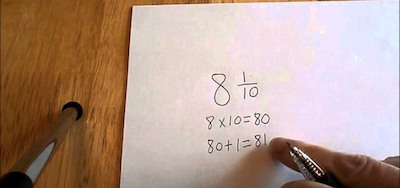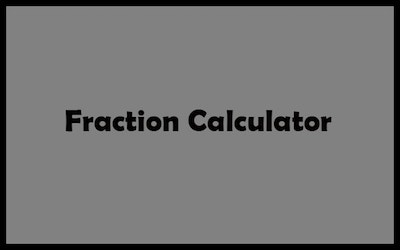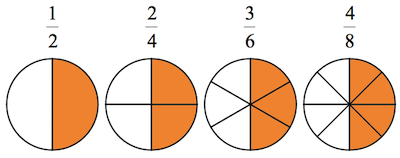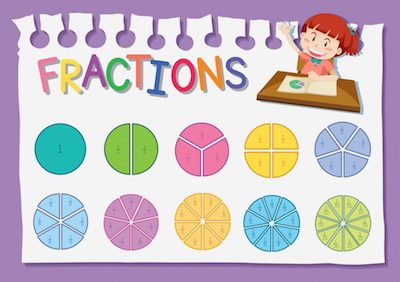In case you just started learning fractions or if you don’t quite understand this math topic, then it is always good to start by the beginning.
The truth is that you probably already know that a fraction can be seen as a simple division only. In case you are wondering, the top number is the numerator of the fraction and the number at the bottom is the denominator.

Learn how to calculate fractions.
Now that you already understand the concept, you need to keep in mind that there are different types of fractions.
Types Of Fractions
When you are looking at a fraction, you may be looking at a proper fraction, an improper fraction or a mixed fraction. Let’s take a closer look at each type of fractions separately so that you can fully understand their differences.
#1: Proper Fraction:

Simply put, proper fractions are the fractions that have numerators that are less than the denominators (numerator < denominator). For example,2/3, 3/4, 4/5, 5/6, 6/7, 2/9 5/8, 2/5, are all proper fractions.
Check out our calculator to add fractions.
#2: Improper Fraction:
Improper fractions are the fractions that have numerators that are either equal or greater than the denominator (numerator = denominator or numerator > denominator).
So, as you can easily understand, fractions such as 5/4, 17/5 or 5/2 are not proper fractions. These are improper fractions. Besides, the fraction 7/7 is also an improper fraction.
Some other examples of improper fractions include 5/4, 3/2, 8/3, 6/5, 10/3, 13/10, 15/4, 9/9, 20/13, 12/12, 13/11, 14/11 and 17/17. As you can see, the top number (numerator) is greater than the bottom number (denominator).
While we are talking about improper fractions, there are two different aspects that you should always keep in mind:
- All natural numbers can be written as a fraction in which 1 is the denominator. After all, and if you think about it, 2 = 2/1, 25 = 25/1, 53 = 53/1, etc. So every natural number is an improper fraction.
- The value of an improper fraction is always equal or greater than 1.
Make sure to use our mixed fraction calculator.
#3: Mixed Fraction:
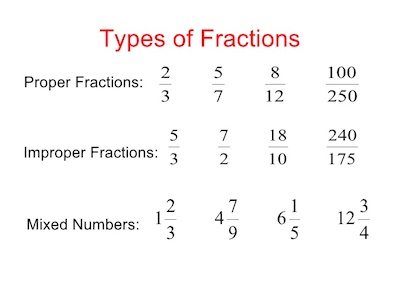
The third type of fraction is a bit trickier for most math students. The truth is that a mixed fraction is a fraction that shows the combination of a proper fraction and a whole number. Some examples of a mixed fraction include 1.1/3, 2.1/3, 3.2/5, 4.2/5, 11.1/10, 9.13/15 and 12.3/5.
Learn more about mixed fractions here.
But how can you calculate a mixed fraction?
Let’s take a look at a quick example so that you can clearly understand mixed fractions.
Let’s take 1/2. As you know, two 1/2, make a whole. After all:
1/2 + 1/2 = 2/2 = 1
What about if you have 3 1/2? In this case, you would have:
1/2 + 1/2 + 1/2 = 1 + 2/2 = 1
Now, you have three half or you can say that you have a whole and a half or 1/2. A number such as 1.1/2 is a mixed number.
In other words, a mixed fraction is a fraction that contains two different parts:
- a natural number
- a proper fraction.
In 3.2/5, 3 is the natural number part and 2/5 is the proper fraction part. And you can also assume that 3.2/5 means 3 + 2/5.

